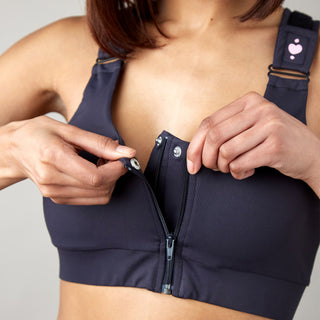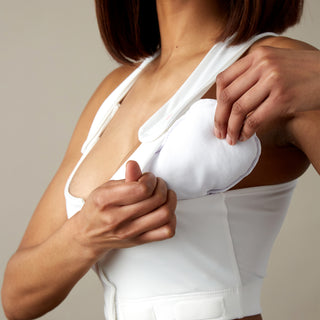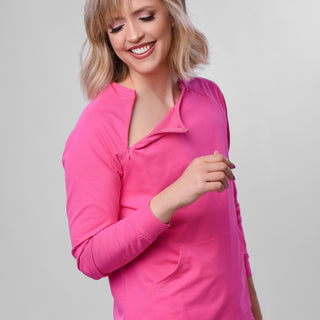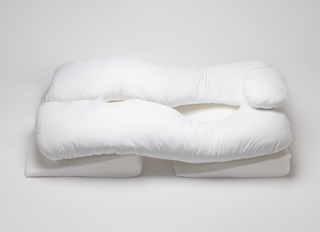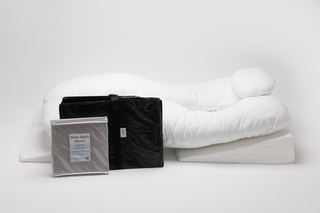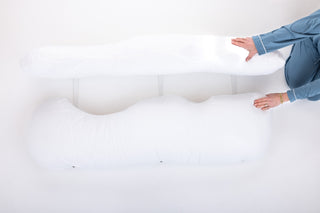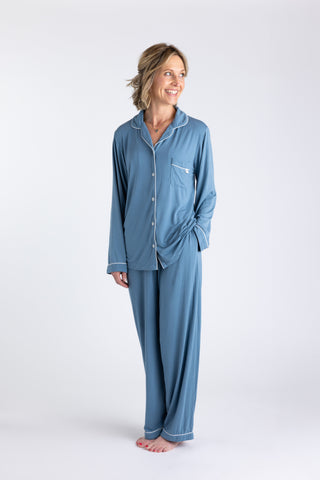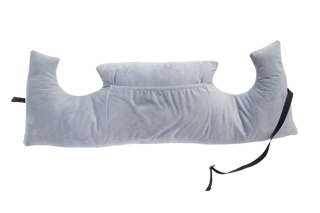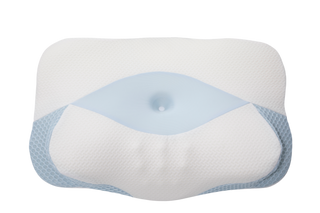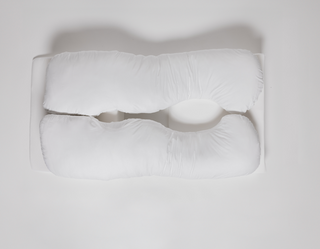Recently my friend Meg reached out to me, as she is preparing to have breast reduction surgery and wanted to get some heart&core surgical bras for her recovery. We met for lunch and discussed the process she went through to finally get to this point. We had started this discussion this a couple years ago when she was beginning plans for a reduction. Our talk brought up the always-scary piece to this surgery, as women know this is a big surgery with a lengthy recovery, yet they are so done with having large breasts that keep them from doing the things they love, such as running, or are tired of getting stared at, or just want to be able to find clothing that fits well.
Meg explained that she went to a female surgeon for a consult. The surgeon was cold to her and clearly didn’t want to see her. She told Meg she wouldn’t get it covered by insurance, so it wasn’t worth trying. It was not a positive experience, to say the least. Meg and her family were going to be moving back to the city they had lived in for many years, so she decided to wait and talk to another doctor until she returned home.
This time she saw a young (“good looking” 😉) male surgeon. Had he not been so nice, she would’ve been completely intimidated by him. One of the first questions he asked was about getting her surgery covered by insurance. Meg explained the last surgeon she met with said it wouldn’t be covered. He thought otherwise and asked, why wouldn’t you try? She left this consult feeling very good about everything, especially since he said he had a department that could contact the insurance company for her.
Her insurance company approved her surgery, and she told me she will be having it at the end of the month and is thrilled! One of the first things I told her is that every woman I have spoken to who had a breast reduction said their only regret was not doing it sooner.
This leads to the next part of surgery: recovery. We hear women consistently tell us that their surgeon recommends they should just go out and buy a sports bra. A sports bra? That is great for working out, but not for recovery from surgery. Yes, compression and support are needed—but not to the level needed for exercise. And what about drains? If you have drains, like Meg is being told she will, you must be able to manage them as easily as possible. Why? They are gross—the fluid that goes into those is not pleasant to look at and drains are hard to manage if you are using safety pins, lanyards, cumbersome pockets, or rings that swing. Even if you don’t have drains, you will still want something that properly supports you while offering comfort as well.
Post-surgical bras are designed just for that. We always recommend getting two bras: one to wash and one to wear. Also, check and see if you can get your post-surgery bras covered by insurance. They may be covered* and, if they are, you can get a prescription from your surgeon/nurse, then go to a local fitting shop so they can handle the billing of them or order online and send in the prescription with the receipt to get reimbursed. If they are not covered, you should be able to use FSA/HSA money to purchase them. All heart&core post-surgical bras are approved for FSA/HSA through sigis.com.
*Our Larissa Bra and Serena Bra are designed with pockets, which make them eligible for insurance coverage.
For women considering getting a breast reduction, there are a few things to consider:
1. Talk to at least two surgeons so that you have options and are comfortable with the surgeon and their process, because there are different techniques surgeons will use to perform the surgery. If you don’t feel comfortable with the surgeon you speak with or you don’t seem to vibe with them, go visit another one. Also, it helps if you have a referral from a friend/someone you know and trust, but if you don’t, read online reviews to better understand if the surgeon will be a good fit for you. People want and need different things and what is important to you may not be important to someone else. This is a big decision!
2. Talk to the surgeon about getting it covered by insurance. If they can’t/won’t help you with this part of it, they might not be a great fit for you. This is an expensive surgery and there are a lot of out-of-pocket expenses that can occur, including time off of work and buying new clothes to celebrate your reduction!
3. Speaking of recovery, it is important to find out about the recovery process, including how much down time you will have, when you can start doing different activities and how often the surgeon will see you post-surgery.
4. Have a plan for your recovery. Reach out to friends and family that can help with meals, managing children/pets, and assist you during those initial days when you can’t move around much.
As I said previously, we’ve only heard women say they wish they would’ve done it sooner, so if you are thinking about it, go get a consult. Do this as a favor to yourself—you deserve it! Make sure you like and get along with the surgeon and have your plans in place for when you come home for your recovery.
We will follow up with Meg post-surgery to see how everything went. She was told she is having drains, so she chose to purchase two of our Larissa Bras. There are surgeons who will say their patients don’t have drains or won’t go home with them. If that is the case, we recommend our Shirl Bra, but our Serena Bra would work well too.
Do you have any advice to share? If so, please comment below. We love to hear from women who have been through this process, as it can help others!


